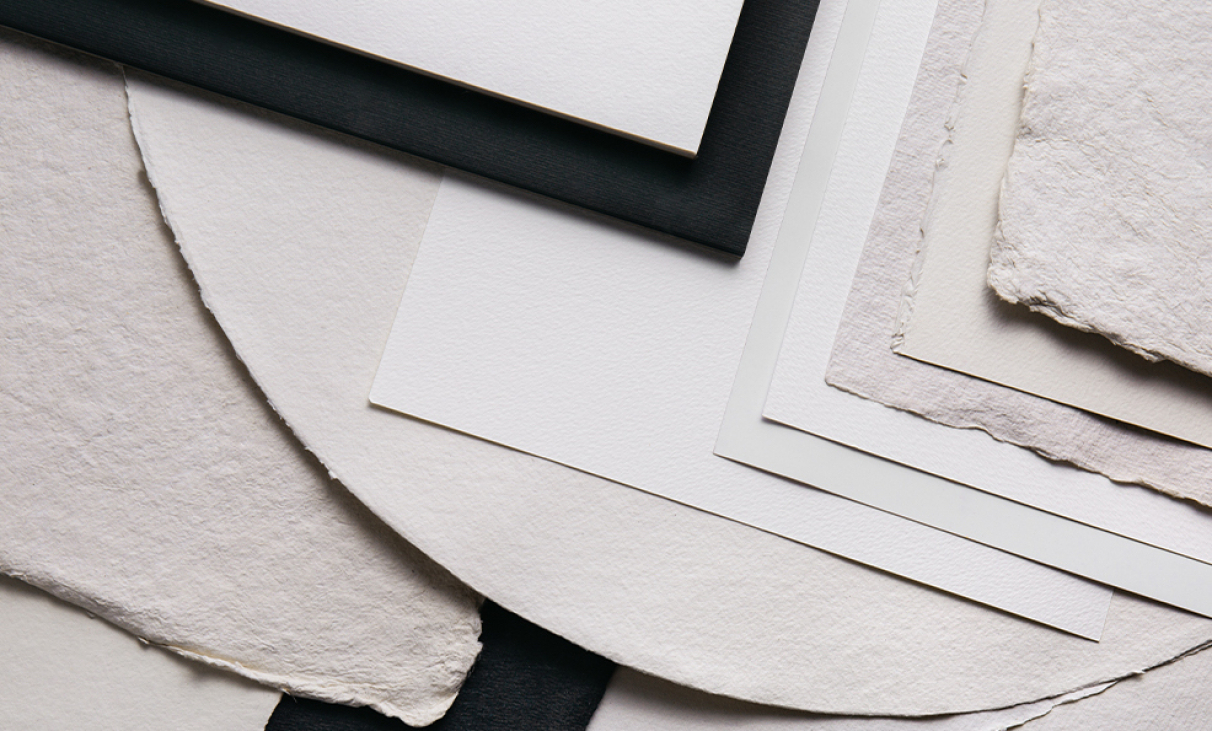Art paper, the canvas for artistic endeavors, is crafted from interwoven fibers, predominantly plant fibers for fine art papers. Cartridge papers, made from wood pulp, provide a quick and extensive drawing surface. Newsprint and sugar paper are ideal for sketches but lack durability over time due to fading and lignin-induced brittleness. Wood-free paper, despite its name, is made from treated wood pulp, offering an economical acid-free option. The pinnacle of archival-grade paper is 100% cotton, providing strength, acid-free properties, and resistance to deterioration.


Comments : 4